High Functioning Autism Spectrum Disorder by Timothy Kowalski
$219.99 $62.00
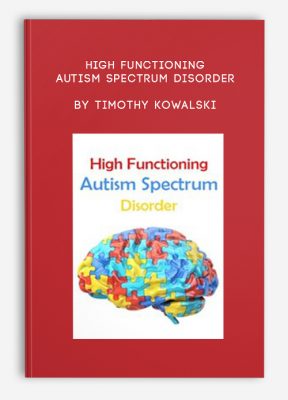
High Functioning Autism Spectrum Disorder by Timothy Kowalski
**More information:
Get High Functioning Autism Spectrum Disorder by Timothy Kowalski at Salaedu.com
Description
A Person-Centered Approach to High Functioning Autism Spectrum Disorder
The higher functioning (previously known as Asperger’s Disorder) population of Autism Spectrum Disorders has recently received a great deal of attention. DSM-5® no longer diagnoses individuals as Asperger’s Disorder or PDD-NOS; they are included in the broader Autism Spectrum Disorder (ASD) label. This presents significant changes to the way professionals diagnose and treat this population.
Mr. Kowalski will teach you how to apply a person-centered approach to treating individuals on the higher end of the Autism Spectrum Disorder. You will encounter the typical deficits seen in the domain of social-interaction and obtain intervention techniques to address tact, proxemics, social rules, egocentricity, naiveté, and jocularity. Obsessive interests, poor play skills, dislike of physical contact, and gullibility that are often associated with Autism Spectrum Disorder will be addressed. Expand your ability to treat social-communication deficits such as abuse of conversational rules, prosody, perseverative questioning, abstract reasoning, pedantic speech, and nonverbal communication skills. Enhance clients’ emotional regulation with specific techniques designed to improve stress, anxiety, self-esteem, change, ritualism, and sensory overload, and how to recognize emotional states in themselves and others.
In addition, this recording offers extensive strategies to enhance the academic needs of the ASD client by focusing on seven core academic issues: initiating work assignments, increasing motivation, decreasing distraction, compensating for gross and fine motor deficits, adapting the curriculum, academic modifications, and increasing cognitive processing. End the recording feeling empowered and ready to employ these techniques, resulting in improved outcomes and functional daily living.
DIAGNOSTIC CRITERIA
- Comparison of three major classification systems
- DSM-5® compared to DSM IV-TR®
- ICD-10
- Gillberg’s Criteria
EPIDEMIOLOGY
DIAGNOSIS
RATING SCALES
- Tools for higher functioning individuals
- Tools for pragmatic language assessment
MISDIAGNOSIS IS COMMON
- Comparison of common clinical misdiagnoses
THEORIES AS TO WHY THEY ACT THE WAY THEY DO
- Executive function
- Central coherence
- Emotional intelligence
- Anxiety
SOCIAL INTERACTIVE DOMAIN
- Identify behavioral issues related to social interaction
- Intervention strategies designed to address areas of social interaction
SOCIAL COMMUNICATIVE DOMAIN
- Identify issues related to social communication
- Intervention strategies designed to address areas of social communication
SOCIAL-EMOTIONAL DOMAIN
- Identify behavioral issues related to social emotional regulation
- Intervention strategies designed to address areas of social emotional regulation
ACADEMIC ISSUES
- Identify organizational difficulties
- Identify issues impacting academic success
- Intervention strategies
- To assist in initiating work assignments
- To increase motivation
- To increase attention
- For curriculum adaptation
- For academic modification
- For improving reading comprehension
- To improve cognitive processing
GROSS MOTOR ISSUES
- Identify issues and interventions for improving gross motor skills
FINE MOTOR ISSUES
- Identifying four fine motor issues
- Intervention strategies for improving fine motor skills
PROGNOSIS
HANDS-ON LEARNING: PRACTICAL, SKILLS-BASED ACTIVITIES
- Case study diagnosis
- Developing treatment goals
More information about Medical:
Medicine is the science and practice of establishing the diagnosis, prognosis, treatment, and prevention of disease.
Medicine encompasses a variety of health care practices evolved to maintain and restore health by the prevention and treatment of illness.
Contemporary medicine applies biomedical sciences, biomedical research, genetics, and medical technology to diagnose, treat, and prevent injury and disease,
typically through pharmaceuticals or surgery, but also through therapies as diverse as psychotherapy, external splints and traction, medical devices, biologics, and ionizing radiation, amongst others.
Medicine has been around for thousands of years, during most of which it was an art (an area of skill and knowledge) frequently having connections to the religious and
philosophical beliefs of local culture. For example, a medicine man would apply herbs and say prayers for healing, or an ancient philosopher and physician would apply bloodletting according to the theories of humorism.
In recent centuries, since the advent of modern science, most medicine has become a combination of art and science (both basic and applied, under the umbrella of medical science).
While stitching technique for sutures is an art learned through practice, the knowledge of what happens at the cellular and molecular level in the tissues being stitched arises through science.
1 review for High Functioning Autism Spectrum Disorder by Timothy Kowalski
Add a review Cancel reply
Related products
HEALTH - FITNESS - LIFESTYLE - MEDICAL
HEALTH - FITNESS - LIFESTYLE - MEDICAL
HEALTH - FITNESS - LIFESTYLE - MEDICAL
HEALTH - FITNESS - LIFESTYLE - MEDICAL
Complete Certified Professional Coach Online Course from Berry Fowler
HEALTH - FITNESS - LIFESTYLE - MEDICAL
HEALTH - FITNESS - LIFESTYLE - MEDICAL
HEALTH - FITNESS - LIFESTYLE - MEDICAL

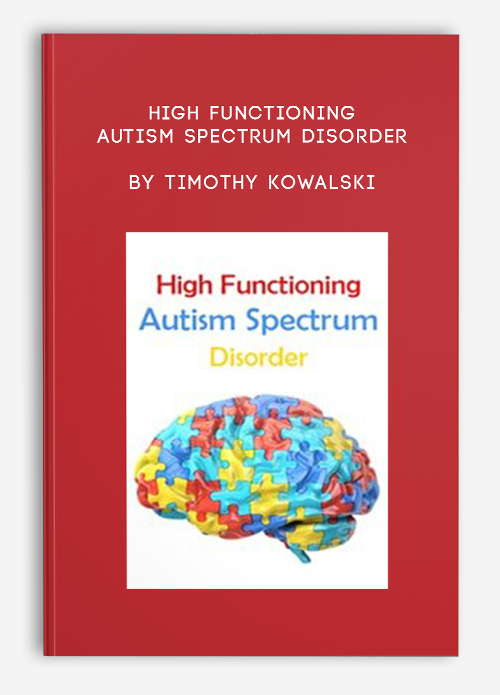
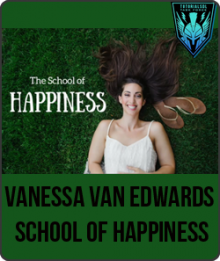

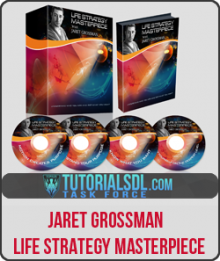


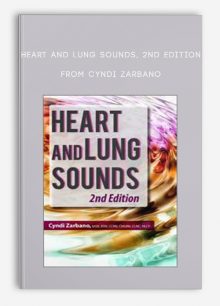
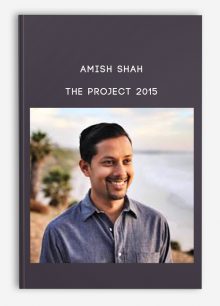

Trevis Trevis –
This is one of the most beautiful website and you can check the reviews of my website here: https://salaedu.com/clients-proof-and-reviews/